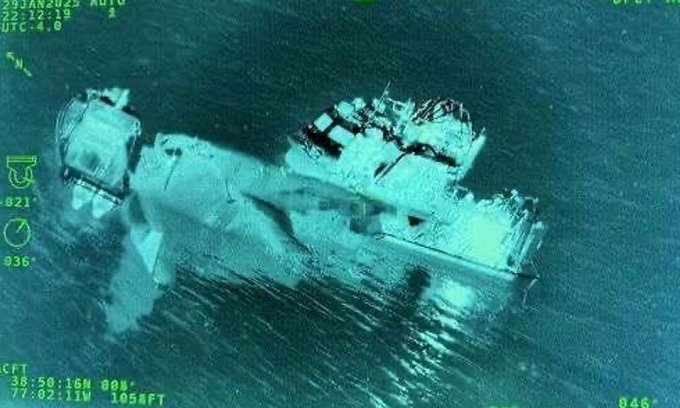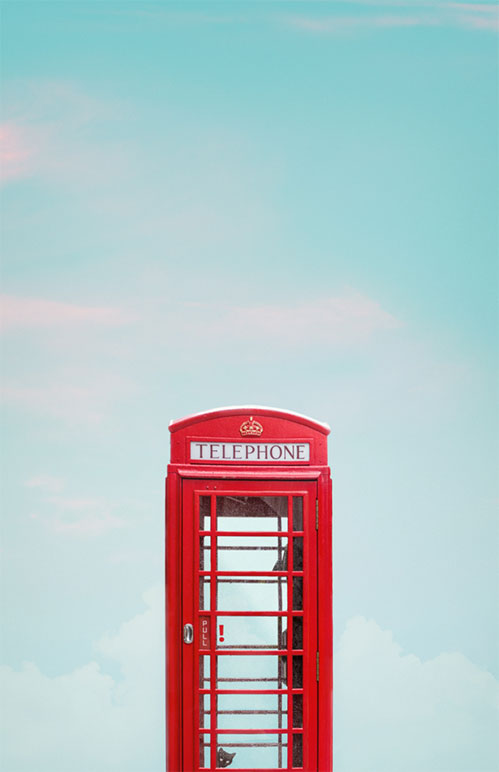
A PSA Airlines passenger plane carrying 64 people broke into three pieces after colliding with a military helicopter, with officials saying there is little chance of survivors.
Michael Waltz, U.S. National Security Advisor, confirmed that rescue teams have recovered more than 30 bodies from the Potomac River. John Donnelly, head of Washington’s Fire and Emergency Medical Services, stated that the likelihood of finding any survivors from the aviation disaster is extremely low.
"The passenger plane’s fuselage is flipped upside down in three separate sections along the Potomac River. The water level reaches waist height, and search operations are ongoing," U.S. Transportation Secretary Sean Duffy said during a press briefing on January 30, referring to the collision between the CRJ700 operated by PSA Airlines and a UH-60 Black Hawk military helicopter near Ronald Reagan Washington National Airport on the night of January 29.
NBC Washington initially reported, citing two investigators at the scene, that the plane split into two upon impact. A major portion of the wreckage remains submerged at a depth of about seven feet (2.1 meters) in the Potomac River.
Footage from the scene shows a large fragment of the passenger cabin being pulled from the water by a rescue tugboat. Another image depicts a sizable piece of wreckage nearly half the length of the tug.
"The helicopter is upside down in the water, bobbing unsteadily. At times, it submerges completely, only to resurface again. Divers have not yet been able to access the interior," NBC Washington reporter Mark Segraves described. CBS correspondent Kris Van Cleave added that the plane "broke into multiple pieces" and is submerged at a depth of five to eight feet (1.5–2.4 meters). Cleave also reported that divers have recovered a black box from the wreckage, though it remains unclear whether it is the cockpit voice recorder or the flight data recorder.
The CRJ700, operating Flight 5342, had been cleared by air traffic control to land on Runway 33 at Ronald Reagan Washington National Airport just seconds before colliding with the UH-60 Black Hawk helicopter.
Approximately 300 emergency responders are participating in the search and recovery efforts. The CRJ700 was carrying 64 passengers and crew, while the Black Hawk had three Army personnel on board for a training mission. Donnelly said that multiple local and federal agencies are involved in the search operation, describing the conditions as "extremely challenging" due to low temperatures, strong winds, murky waters, and "floating ice debris."
"This is an exceptionally dangerous and difficult rescue situation. Visibility is poor, and emergency crews are feeling their way through the river inch by inch," Donnelly explained.
Van Cleave reported that the collision occurred just "a few hundred feet" above the ground as the commercial aircraft was in its final descent. Experts believe the pilots may not have seen the helicopter approaching before the crash.
Robert Sumwalt, former chairman of the National Transportation Safety Board (NTSB) and CBS aviation analyst with 24 years of piloting experience, noted that pilots in the final moments before landing are primarily focused on the runway, following clearance from air traffic control.
"The plane was banking left to align with Runway 33 when it disappeared from radar at about 300 feet (91 meters). At that altitude, pilots must focus entirely on landing. They don’t have the ability to scan for other aircraft. The question here is—what were the helicopter pilots focused on at that moment?" Sumwalt said.
Air traffic control recordings reveal that, before the collision, a controller instructed the UH-60 Black Hawk pilot to maintain a safe distance from the descending CRJ700, and the helicopter pilot acknowledged the command, confirming they would "maintain separation."
"Based on flight path data and radio communications, the UH-60 Black Hawk was clearly instructed to maintain a safe distance from the commercial airliner. The key question for investigators now is—why didn’t they follow that instruction?" said Tony Stanton, an aviation safety expert with Australia’s Civil Aviation Safety Authority.
(Sources: NY Post, NBC, CBS)
Hello Shuttle will strive to bring the latest updates. At the end of the day.
Are you looking for reliable airport and cruise port transfer services in Los Angeles?
We offer professional, safe, and punctual transportation from
Los Angeles Airport - LAX
Long Beach Airport - LGB
John Wayne Airport - SNA
San Pedro cruise port
Long Beach cruise port
Disneyland
and other destinations.
Let us make your journey stress-free and comfortable with our dedicated drivers and high-quality vehicles. Book now for the perfect travel experience at www.helloshuttle.com or call 944-800-5678!


